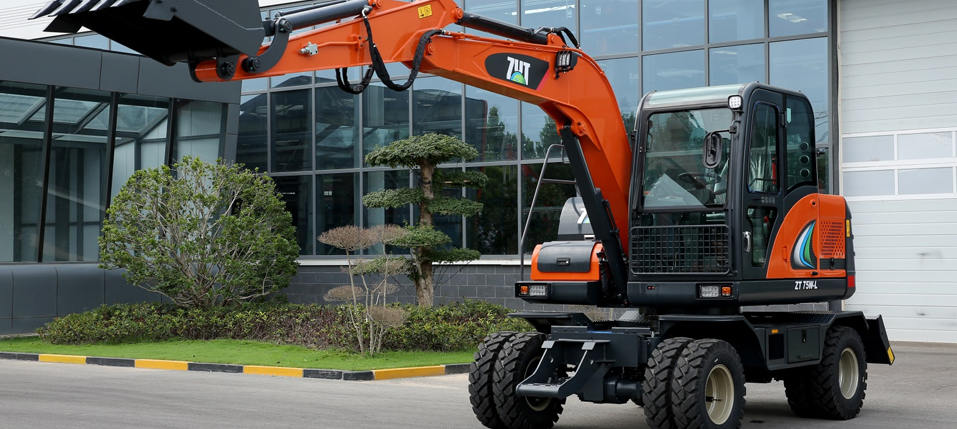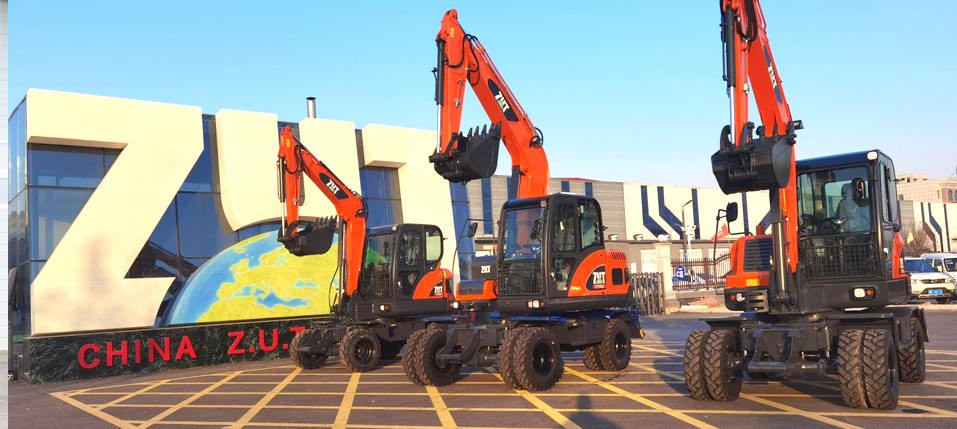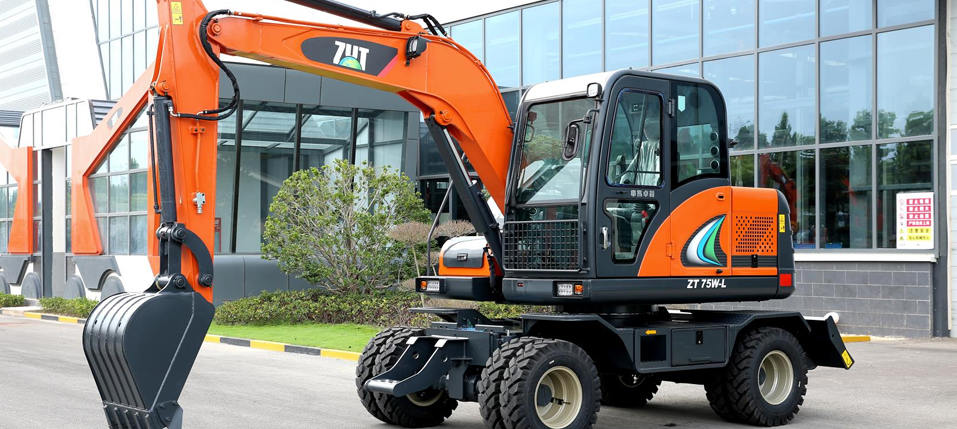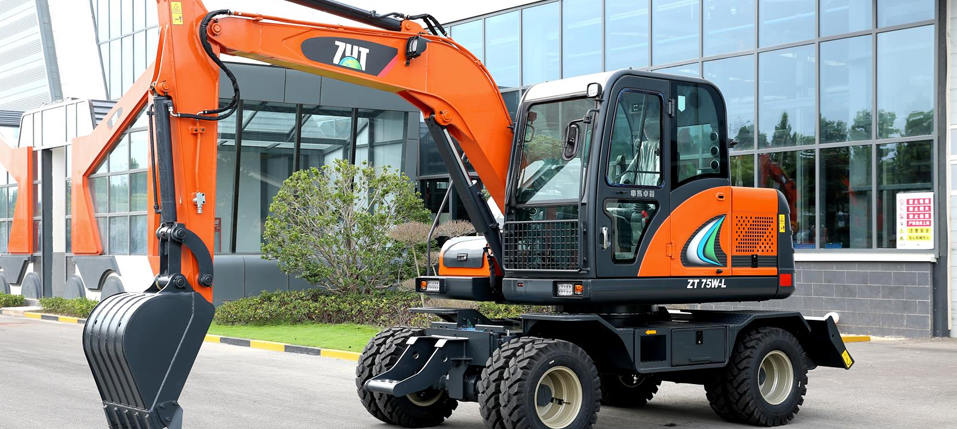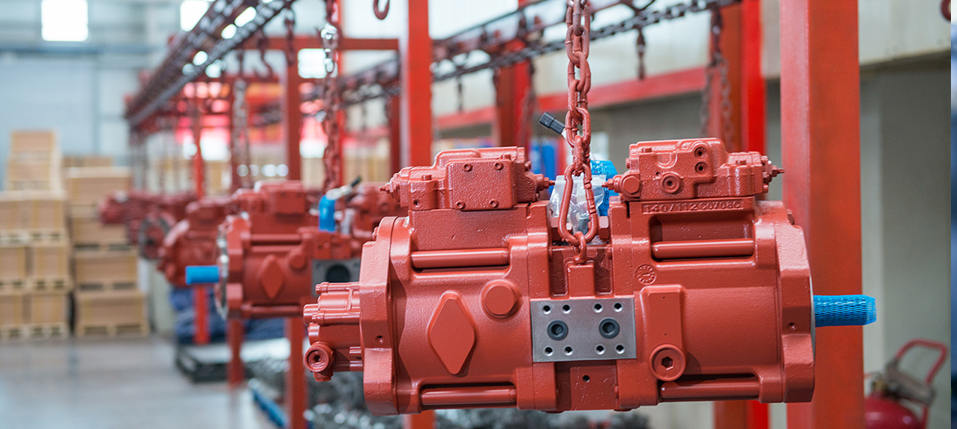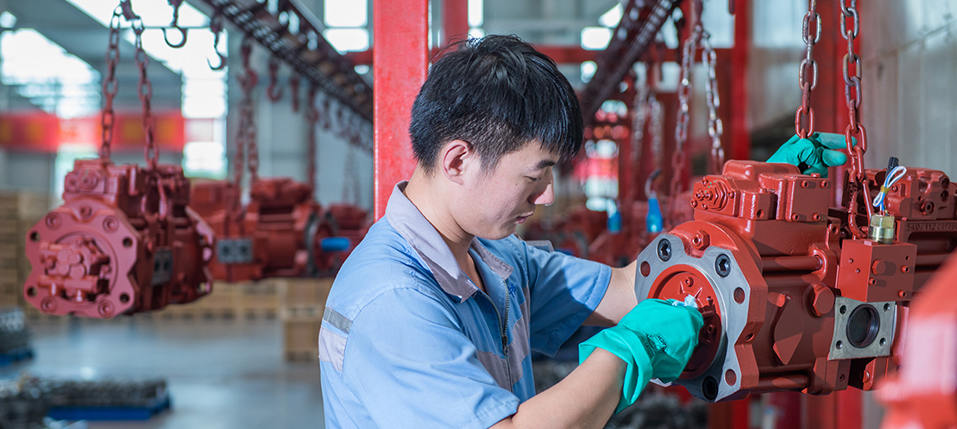It has been more than 130 years since the first manual excavator came out. During this period, it has experienced the gradual transition from steam-driven semi-rotary excavators to electric-driven and internal-combustion-engine-driven full-rotation excavators, and fully automatic hydraulic excavators using electromechanical-hydraulic integration technology. development process. The production of excavators in industrially developed countries was earlier. France, Germany, the United States, Russia, and Japan are the main producers of single-bucket hydraulic excavators with a bucket capacity of 3.5-40m³. They have been producing extra-large excavators since the 1980s. For example, the stripping excavator with a bucket capacity of 50-150m³ produced by the American Marion Company, a walking dragline excavator with a bucket capacity of 132m³; Dragline excavators and excavators with a bucket capacity of 107m³ are currently the largest excavators in the world. Since the late 20th century, the international production of excavators has developed in the direction of large-scale, miniaturized, multi-functional, specialization and automation.










